Mozambique: Minister Muhate strengthens strategic partnerships in Geneva
Mozambique: Government continues to favour Maputo, despite inequalities
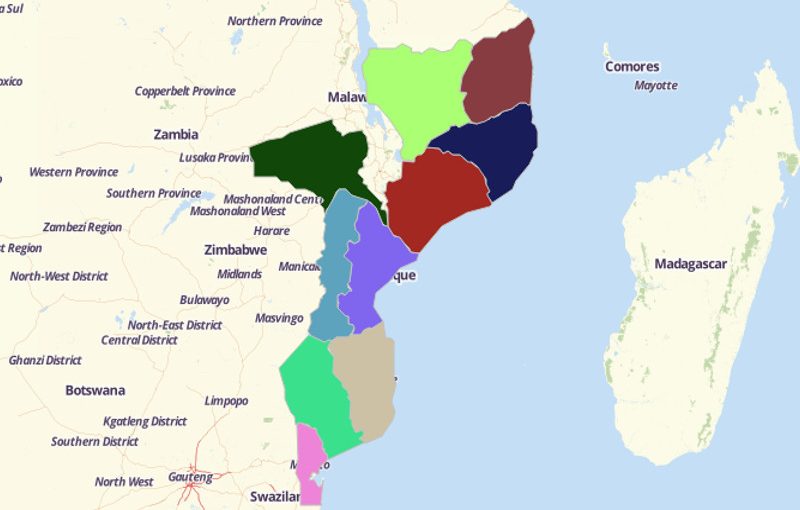
@Verdade
Although living conditions in Maputo city and Maputo province are much better than in other regions, the government continues to favour the capital in the State Budget. By contrast, Zambezia province, which has five times the population of Maputo province, had an allocation 11 percent lower than ‘The City of Acacias’ in 2016, and in 2017 received 34 percent less.
The 4th Poverty Assessment, conducted in 2016 by the Economic and Financial Studies Department of the Ministry of Economy and Finance (MEF) based on data from the Family Expenditure Survey on Family Budget [Inquérito aos Agregados Familiares sobre Orçamento Familiar(IOF)] 2014/15 confirmed that “the hiatus or gap between rural and urban areas is large and at best persistent (if not likely to worsen)”.
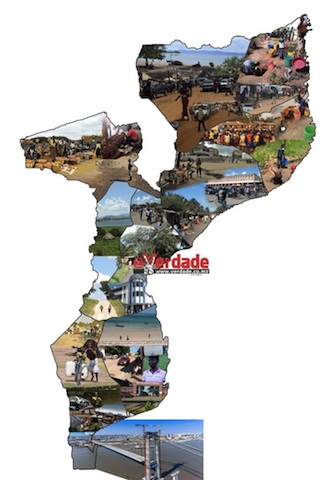
The document noted what is plain to see: “Living conditions in the South are much better than in other regions, on almost all measures of well-being and according to all methods.” While poverty afflicts 17.4 per cent of Maputo city’s population, and 26.1 per cent of the province, inequalities are worse in Niassa, Nampula and Zambezia provinces.
Apparently unaware of this document, the government insists on perpetuating greater budget allocations for Maputo city and province.
Analysing the General Accounts of the State, A Verade found that the allocation for the capital of Mozambique, which has a population of 1.1 million inhabitants, was 4,244 million meticais in 2016, while for the province of Zambézia, with 5.1 million citizens, the allocation stood at 3,807 million meticais.
Worse still was the allocation to the province of Niassa, Mozambique’s poorest, with an incidence of 65.3 percent poverty in its 1.8 million inhabitants. Niassa received almost half as much money as that allocated to the city of Maputo: 2,584 million meticais .
In 2017 Maputo city had more than double the allocation of the province of Niassa
Paradoxically, the unequal budget distribution became even worse in 2017, ignoring the conclusion of the MEF’s Economic and Financial Studies Department, which was based on a study by the United Nations University World Institute for Development Economics Research and the University of Copenhagen, which said “achieving inclusive growth is the central challenge that Mozambique will face in its economic and social development in the coming decades”.
In the 2017 State Budget, Maputo city received 4,306 million meticais, almost double that of Zambézia province, which had an allocation of 2,817 million meticais, and more than double of that of Niassa province, which received only 2,071 million meticais.
Moreover, this allocation for operating ‘The City of Acacias’ and investment is augmented every year by central state budget, allocated to organs and institution of the state [most of which are based in the capital, Maputo] of 169 billion meticais in 2016 and 114 billion meticais in 2017.
It might also be noted that the Mozambicans of Niassa, although they are the poorest, pay the highest prices for basic necessities due to lack of communications. Fuel prices are the highest in the country, the roads are a martyrdom, the Cuamba train link only resumed a short while ago, and there isn’t even a regular daily flight.



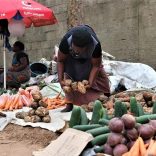

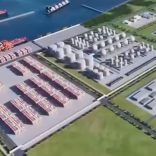
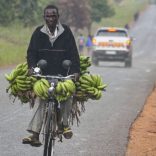
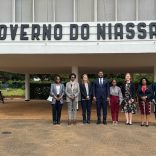
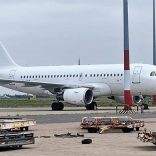

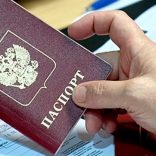
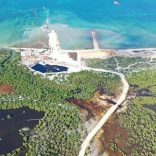

Leave a Reply
Be the First to Comment!
You must be logged in to post a comment.
You must be logged in to post a comment.